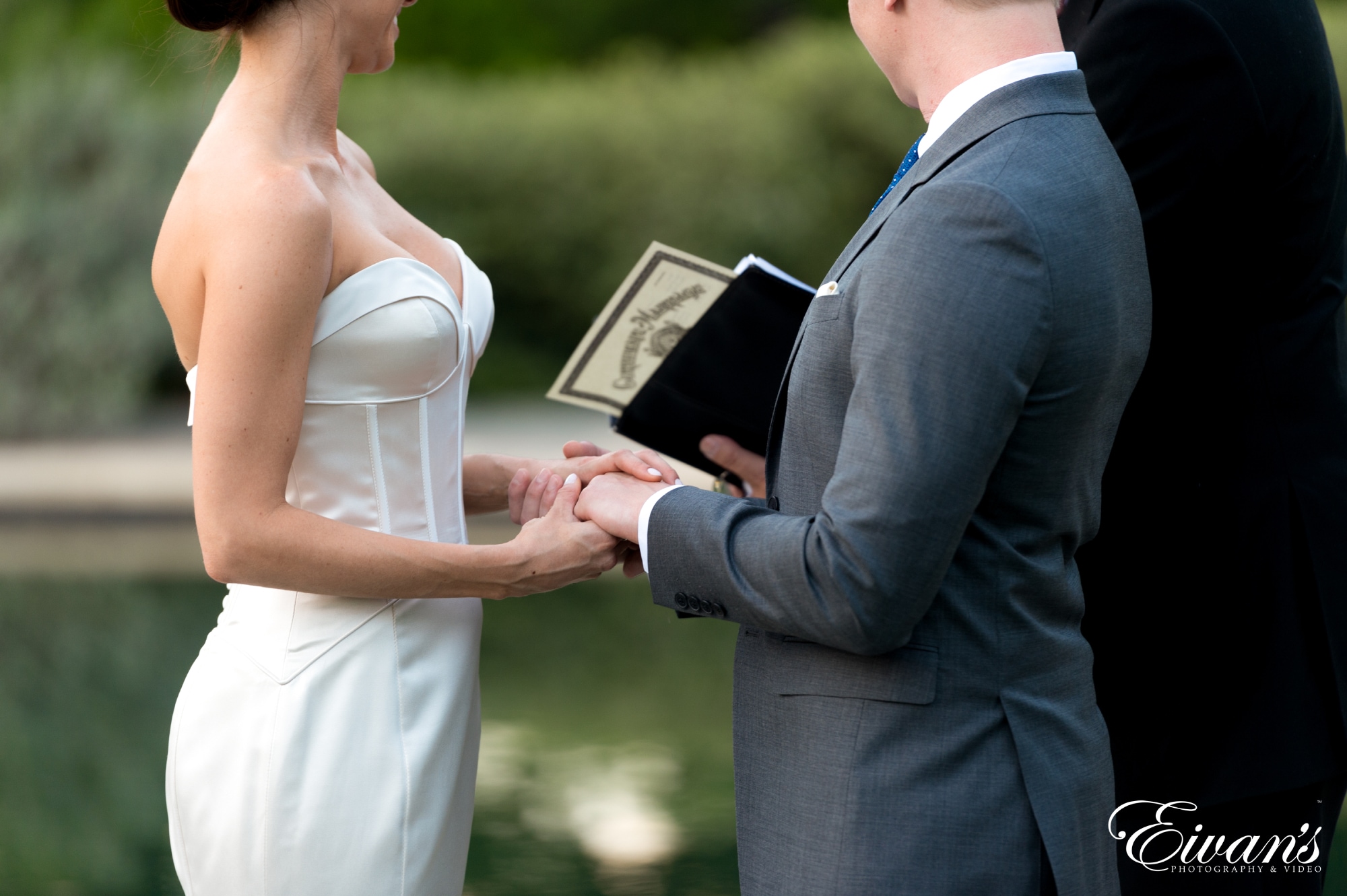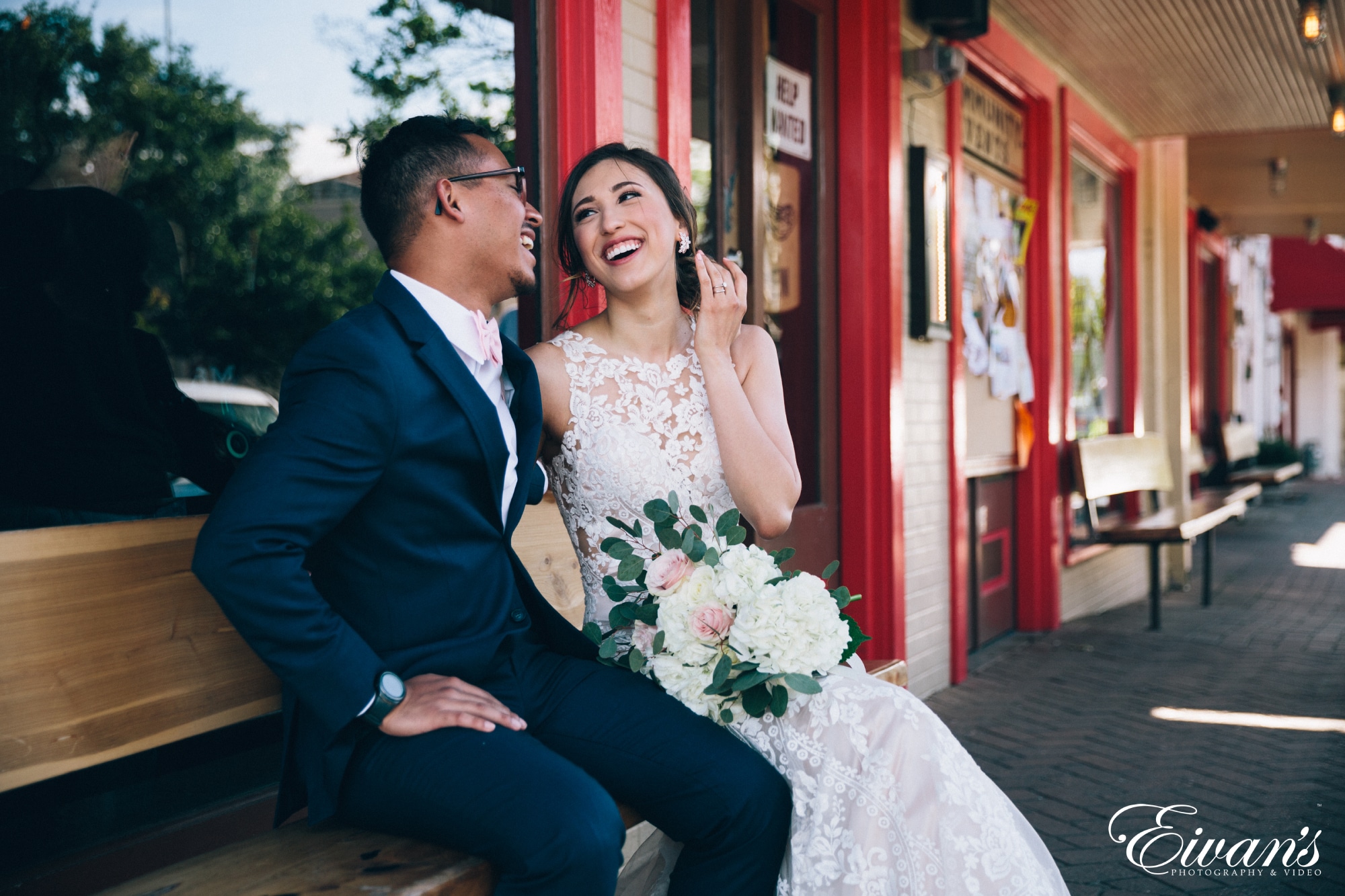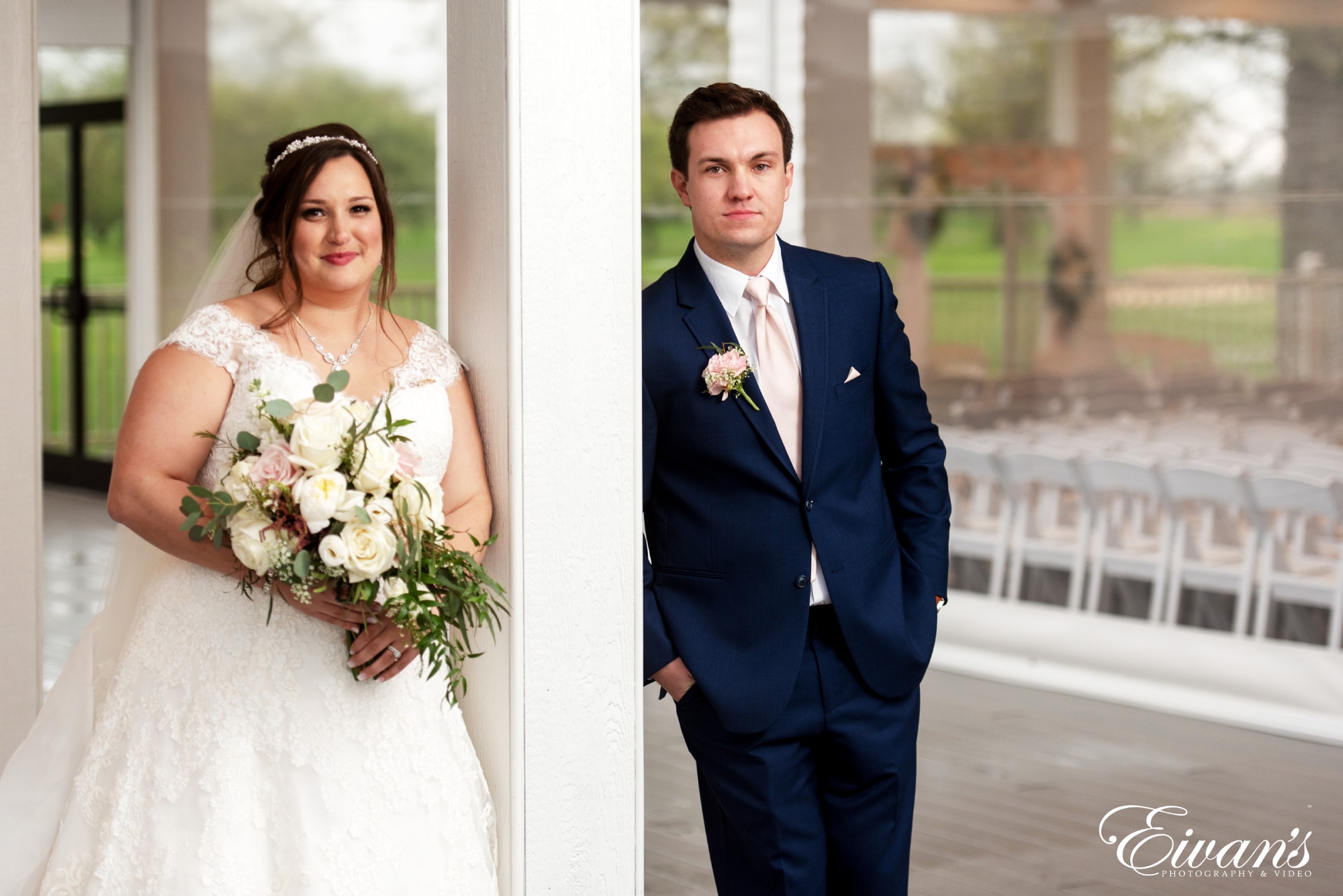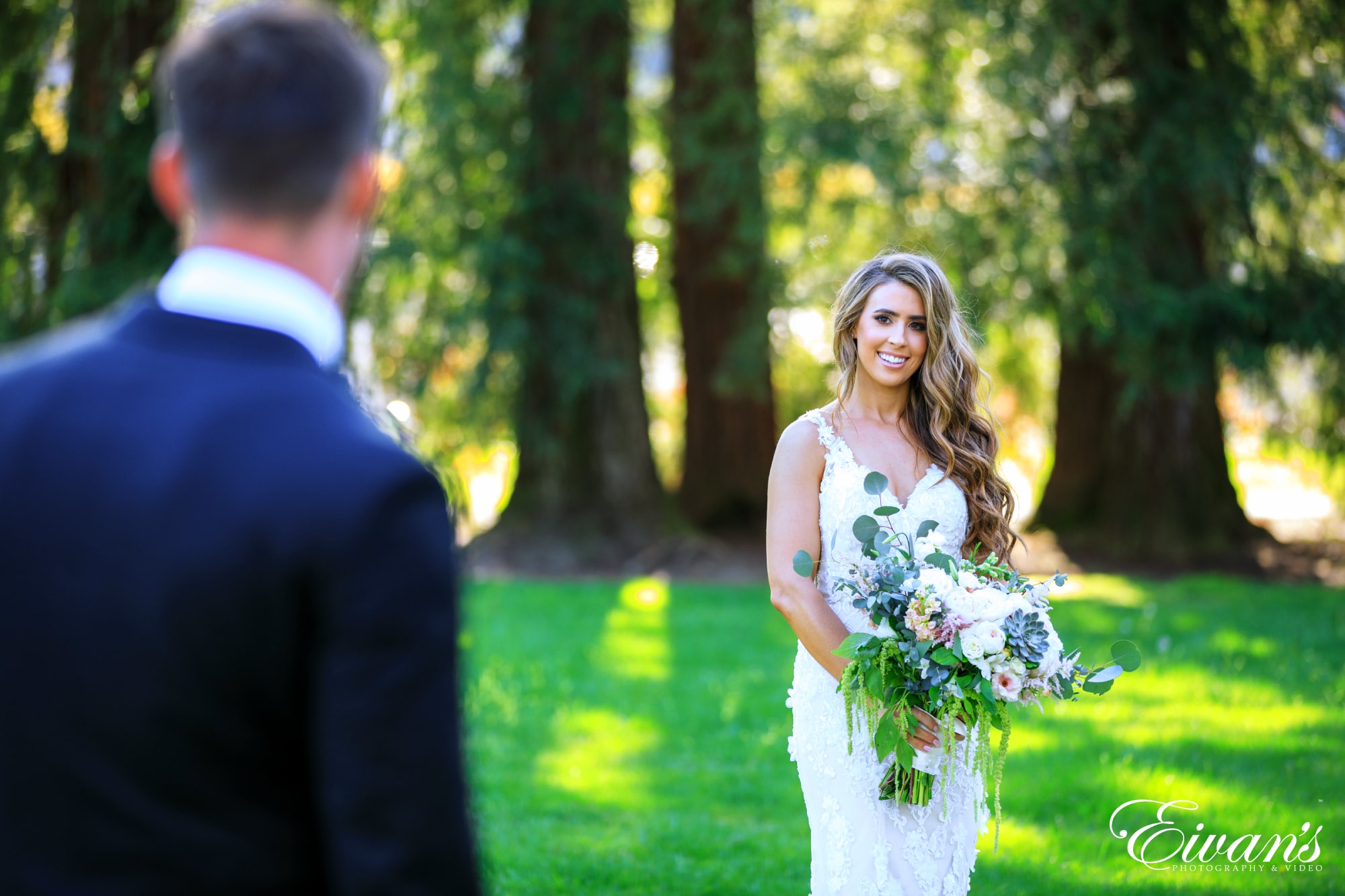Learn The Difference Between Miss, Ms., and Mrs.

By Eivan’s Wedding Team
Although we are all supposed to know what Miss, Ms., and Mrs. mean, just when we need to use it, the problem happens. Addressing women (and men) properly is a sign of politeness and a good attitude.
Not only it’s considered polite, but addressing women with the wrong title may be perceived as very rude for some. This is especially important if you are about to change your marital status anytime soon. Also, if you’re about to create your wedding invitation, you better use the title of respect right.
With men, this is way easier. Whether you’re speaking to an unmarried or married man, they are addressed equally – Mr.

Whether the man is married, young, or old, he will be always addressed as mister or short Mr.
Yet when it comes to women, the situation gets complicated. The major factors that make a difference between Miss, Ms., and Mrs. is a woman’s marital status and age. To make things even more complicated, another factor is a personal preference. In most of the cases, women have the preferred title they like to be addressed with.
In this article, we explain everything you need to know about formal titles in the United States and the English language in general.
So, when should you use Ms., Mrs., and Miss?
Scroll down to find out!

Miss title explained
In both American and British English, “Miss”, “Ms.”, and “Mrs.” are honorific titles used as a form of address for women. “Miss” is typically used for an unmarried woman, while “Mrs.”—an abbreviation of the term “missus”—is used for a married woman. For example, Jane Johnson, if unmarried, would be addressed as Miss Johnson; if she were married, she’d be referred to as Mrs. Johnson. On the other hand, “Ms.” serves as a neutral title that doesn’t disclose a person’s marital status and is a sign of respect. It is pronounced as “miz” (like ‘mis-iz’) in American English and has gained popularity for its gender-neutral connotation, making it a suitable form of address in formal settings. Also, it’s a preferred title for non-binary individuals. Historically, “Ms.” was an abbreviation for “Mistress” in English, equivalent to “Mrs.”, and in French, “Mss” or “Mss.” was used, but these are now rarely used. Regardless of these nuances, it’s always best to use a person’s preferred pronouns or full name when unsure of their preferred title.
The title Miss is in most cases used when addressing young girls and younger unmarried women. The rule of thumb is to always stick to the title Miss with women under the age of 18. This is why in primary and high school, all female students will be formally addressed as Miss.
On the other hand, this one may get tricky if you are speaking to an unmarried adult woman, since it may feel a bit immature. If you are for some reason not sure which one would be appropriate, it’s best to stick to the more common title – Ms.
Ms. is a more universal alternative and you won’t break your head thinking if you’ve made an uncomfortable situation. If you’re in a business setting, this certainly shouldn’t happen.
To sum it up, if you’re addressing young women that are 18 or younger, Miss is a safe bet. However, if there is any doubt if a woman is young or only seems young, it’s better to go for Ms.

Ms. title explained
This one you might guess from the previous explanation. The more universal title – Ms. is used to address any women, regardless of their marital status.
There is an interesting story about how the title Ms. was born. Opposite to what you might assume, the title Ms. came into use a couple of decades ago.
The term was born for the first time in the 1950s as women didn’t want to have a marital status as the first priority. As the times were more conservative than nowadays, many assumptions and stereotypes would occur only from a title.
The real revolution came in the 1970s, together with the women’s movement for equal rights. From then the title Ms. became just as common, or even more common than Miss and Mrs.
-
The title Ms. would be a female equivalent of men’s title Mr.
Even if many people know about addressing using Mr., the problems may occur with the pronunciation. Title Ms. is pronounced as mizz. The ending should sound like saying quiz. This is important as if it was otherwise, you would probably say Miss, and that’s a completely different title.
The problems with pronunciations also happen in some geographical regions. People living in the Southern part of the United States often pronounce Mrs. as “miz” as they shorten the whole “miz-iz.” When this happens, it’s hard to tell the difference if it was Mrs. or Ms.

Mrs. title explained
By far we assume that the difference between women’s titles of honor is way more clear.
The prefix Mrs. is used when addressing married women regardless of their age. Whether the woman takes the husband’s surname or decides to keep a maiden name, the title remains the same in most cases. However, there are also exceptions for this and we’ll talk about it later.
It is often that divorced women prefer to be addressed as Mrs. because of their age, yet this depends mostly on personal preference. Regardless of the theory, the proper title is the one that woman prefers.
-
The same situation is with widowed women
They often prefer to be addressed as Mrs., out of respect for their husband. In the past, the common practice was to put a woman’s title before the husband’s name and surname, yet this is not as common nowadays. The example would be Mr. and Mrs. Mike Miller.
Therefore, the title Mrs. should be used when we speaking to married women or women of authority.
The usage of Ms. and Mrs. after you get married
Although we’ve already stated that Mrs. is used by married women, exceptions still exist. This is usually in correlation with whether the woman is taking a husband’s surname or not.
If a woman takes the husband’s surname, the prefix is Mrs. So, when you’re addressing both, it would be Mr. and Mrs. Smith.
If a woman decides to keep the maiden name, she can choose whether to be addressed with Ms. or Mrs. In case that Mrs. is the choice, proper mutual addressing would be Mr. Smith and Mrs. Tyson.
Also, if a woman doesn’t want to show the marital status in the first place, she can go by the title Ms. even if she takes the husband’s surname.
Guide to addressing wedding invitations
Now once you’re clear about the different titles of honor for women, addressing envelopes shouldn’t be a hard task. However, let’s check it out once more, just to be sure you’re getting things right.
- Addressing a married woman, use the title Mrs.
- If she took a husband’s surname, you can choose to write either both names or only the surname. If both names are used, it would be Mr. John and Mrs. Jessie Tyson. Another option is only to write Mr. and Mrs. Tyson.
- For inviting unmarried adult women, use the title Ms.
- For younger women, stick to the Miss. Yet there is barely any occasion where solely the “Miss” is invited. If the young persona comes with parents, you should write Mr. and Mrs. John Tyson, and Miss Claudia.
If you’re inviting an unmarried couple, write man’s name first, followed by woman’s – Mr. John Tyson and Ms. Marry Ross.

